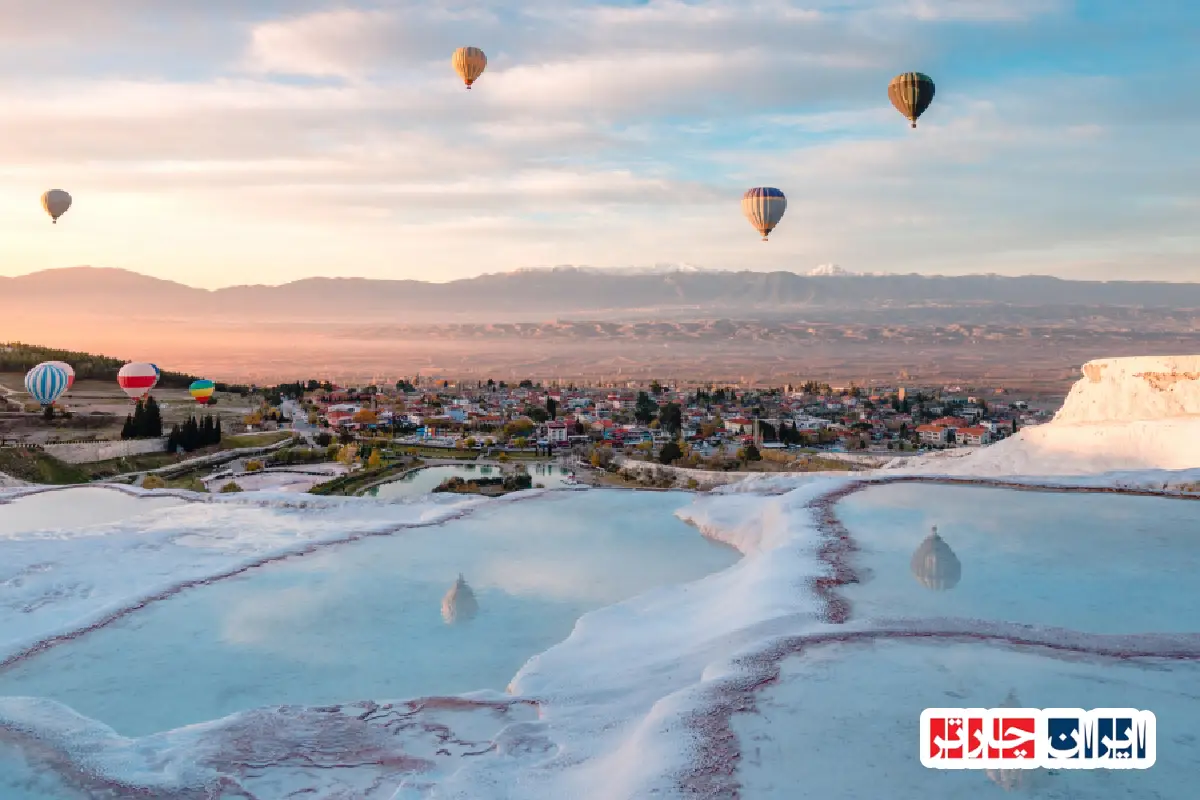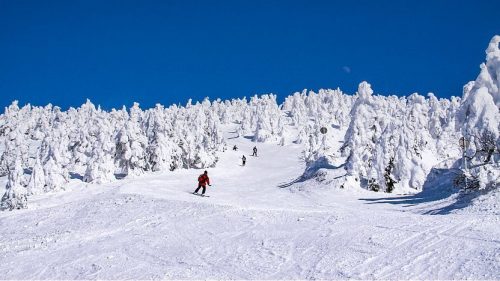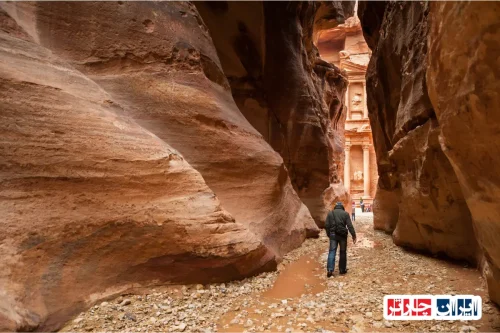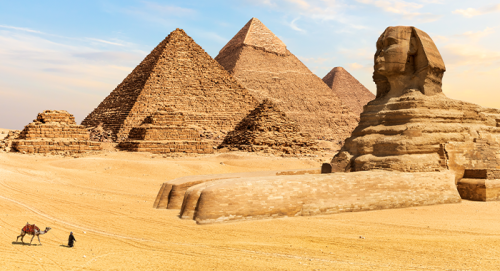Discover the Natural and Cultural Wonders of Pamukkale in Denizli Province Turkey
Pamukkale in Denizli Province Turkey is a breathtaking natural marvel renowned worldwide for its stunning white terraces formed by mineral-rich thermal waters. This unique geological formation has fascinated visitors for centuries, offering not only spectacular scenery but also a rich history intertwined with ancient civilizations. The region’s thermal springs have been celebrated for their healing properties, attracting travelers seeking relaxation and wellness. Exploring Pamukkale provides an unforgettable experience of walking over terraces that resemble cascading cotton, while also discovering the nearby ancient city of Hierapolis, which adds a profound cultural dimension to your visit. Whether you’re interested in natural beauty, historical sites, or wellness tourism, Pamukkale in Denizli Province Turkey offers a diverse array of attractions that make it a must-visit destination for travelers from around the world.
To learn more about this extraordinary region, visit ایران چارتر for comprehensive travel services and guided tours. For detailed information and planning your trip, explore our resources and enjoy a memorable journey to Pamukkale in Denizli Province Turkey.
Discover the Rich History and Ancient Legends of Pamukkale in Turkey
Pamukkale in Denizli Province, Turkey, boasts a fascinating history that dates back thousands of years. Recognized as one of the world’s oldest inhabited regions, it has served as a sacred site for ancient civilizations. Archaeological findings reveal that this area was a significant religious and cultural hub during Roman and Byzantine eras. The ancient city of Hierapolis, situated atop the terraces, was renowned for its thermal springs and healing waters, attracting visitors seeking health and spiritual rejuvenation. Over centuries, Pamukkale has witnessed numerous historical events, from ancient rituals to medieval settlements, making it a living museum of human civilization. Today, travelers can explore well-preserved ruins, ancient theaters, and temples that narrate stories of bygone eras, blending natural beauty with historical grandeur.
Geological Wonders and Unique Landforms of Pamukkale in Denizli Province
Pamukkale’s extraordinary landscape is the result of complex geological processes involving volcanic activity and mineral-rich thermal waters. The region’s distinctive white terraces are formed by calcium carbonate deposits precipitated from hot springs over millions of years. These natural formations create a surreal scenery of cascading pools and terraces that shimmer under the sun. The thermal waters, flowing continuously, deposit calcite, building up the stunning terraces and travertine formations. This ongoing natural process ensures that Pamukkale remains a dynamic landscape, constantly evolving with new mineral deposits. The area’s geological uniqueness has earned it recognition as a UNESCO World Heritage Site, drawing scientists and tourists alike to marvel at its natural artistry and geological significance.
Historical Connection Between Pamukkale and the Ancient City of Hierapolis
Nestled atop the terraces of Pamukkale lies the ancient city of Hierapolis, a vital center of culture and healing in antiquity. Established around the 2nd century BC, Hierapolis was famed for its thermal springs and medicinal baths, which attracted visitors from across the Roman Empire. The city’s ruins include well-preserved theaters, temples, baths, and necropolises that reflect its historical importance. During the Roman and Byzantine periods, Hierapolis served as a religious and health resort, blending spiritual practices with natural therapy. The archaeological remains reveal a sophisticated urban layout, showcasing the architectural prowess of ancient builders. Visiting Hierapolis offers a unique opportunity to walk through history, experiencing the harmony of natural thermal waters and ancient civilization intertwined in one remarkable site.

Natural Biodiversity and Ecological Significance of Pamukkale
The natural environment of Pamukkale is a vibrant ecosystem supporting diverse flora and fauna. The mineral-rich thermal waters sustain unique microbial communities that contribute to the formation of travertine terraces. The surrounding landscape hosts various endemic plant species adapted to the mineral-rich soil and warm climate. Birdwatchers can observe numerous bird species nesting in the area, making it a vital habitat for local biodiversity. The region’s ecological balance is delicate, with ongoing conservation efforts aimed at preserving its natural beauty and biological diversity. Protecting this ecological treasure ensures that future generations can continue to enjoy the scenic views and ecological richness of Pamukkale’s unique environment.
Architectural Heritage and Ancient Structures Around Pamukkale
Beyond its natural beauty, Pamukkale is home to remarkable ancient architecture that highlights the artistic and engineering skills of past civilizations. The ruins of Hierapolis feature grand theaters, basilicas, and baths built with local stone and decorated with intricate carvings. These structures exemplify Roman architectural ingenuity, combining functionality with aesthetic appeal. The well-preserved theater, capable of seating thousands, offers insights into entertainment and social life in antiquity. Temples dedicated to gods and healing deities reflect the spiritual beliefs of ancient inhabitants. Visiting these sites provides a glimpse into the cultural richness and architectural mastery that have stood the test of time, making Pamukkale a true open-air museum of history and art.
The Formation and Role of Thermal Waters in Creating Pamukkale’s Unique Landscape
The stunning terraces of Pamukkale are primarily formed by the deposition of calcium carbonate from thermal springs. As hot water emerges from underground volcanic activity, it cools and releases minerals, which settle and solidify into travertine terraces. This natural process has been ongoing for millions of years, gradually building the spectacular white formations. The thermal waters, rich in calcium and other minerals, not only shape the landscape but also have healing properties that have attracted visitors seeking therapeutic benefits. The continuous flow of these waters ensures the ongoing development of new terraces, maintaining the area’s dynamic and ever-changing scenery. Preserving this delicate natural process is essential to sustain Pamukkale’s breathtaking beauty for future generations.
Practical Guide for Visiting Pamukkale: Best Time, Routes, and Tips
To fully enjoy the beauty of Pamukkale, plan your visit during spring or autumn when the weather is mild and comfortable. Early mornings or late afternoons offer the best lighting for photography and a peaceful experience. The site features well-marked walking paths that allow visitors to explore the terraces and the ancient ruins comfortably. Wear suitable footwear to protect your feet from the mineral deposits and avoid climbing on fragile formations to prevent damage. Allocate sufficient time to explore both the natural terraces and the historical sites of Hierapolis. Bringing water, sun protection, and a camera will enhance your experience. With proper planning, your trip to Pamukkale will be memorable and enriching, offering a perfect blend of natural wonder and historical discovery.
Conservation Challenges and Sustainable Preservation of Pamukkale
Maintaining the pristine condition of Pamukkale faces several challenges, including increased tourism and environmental pressures. Foot traffic can cause erosion and damage to the delicate travertine terraces, necessitating strict management and visitor guidelines. Pollution and urban development pose additional threats to the site’s natural and archaeological integrity. Conservation efforts focus on regulating visitor access, restoring damaged areas, and raising awareness about the importance of preserving this UNESCO World Heritage Site. Climate change and natural geological processes also require ongoing monitoring to prevent adverse effects. Collaboration among local authorities, scientists, and visitors is vital to ensure that Pamukkale remains a protected natural and cultural treasure for future generations to admire and learn from.
Cultural and Spiritual Significance of Pamukkale in Local Traditions
For centuries, Pamukkale has held a special place in local cultural and spiritual practices. Its thermal waters are believed to possess healing and purifying qualities, making it a sacred site for rituals and pilgrimages. The ancient inhabitants regarded the area as a divine gift, integrating it into their religious beliefs and healing traditions. Even today, local communities continue to honor the site through traditional ceremonies and visits, maintaining a deep spiritual connection. The region’s cultural heritage is enriched by stories, legends, and practices passed down through generations, emphasizing the importance of preserving both the natural environment and intangible cultural values. Visitors can experience this spiritual ambiance while exploring the ruins and soaking in the thermal pools, gaining a deeper appreciation of Pamukkale’s enduring cultural legacy.

Frequently Asked Questions about Pamukkale and Hierapolis
- What is the historical significance of Pamukkale?
- Pamukkale has a rich history dating back thousands of years. It served as a sacred site for ancient civilizations and was a major religious and cultural hub during Roman and Byzantine periods. The nearby ancient city of Hierapolis was renowned for its thermal springs and healing waters, attracting visitors seeking health and spiritual renewal. Archaeological excavations reveal well-preserved ruins, temples, theaters, and baths that narrate stories of human civilization across different eras.
- How were the unique landforms of Pamukkale formed?
- The stunning white terraces of Pamukkale are the result of mineral-rich thermal waters flowing over the landscape for millions of years. Calcium carbonate deposits precipitate from the hot springs, creating the terraces and travertine formations. Continuous mineral deposition and geological activity have shaped this surreal landscape, which is recognized as a UNESCO World Heritage Site for its natural beauty and geological importance.
- What is the connection between Hierapolis and Pamukkale?
- Hierapolis is an ancient city situated atop the terraces of Pamukkale. Established around the 2nd century BC, it was famous for its thermal springs and healing baths. The city’s ruins include theaters, temples, baths, and necropolises, reflecting its significance as a spiritual and health resort in antiquity. Visitors today can explore these archaeological remains while experiencing the natural thermal waters that once attracted ancient visitors.
- What kind of biodiversity exists in Pamukkale?
- The ecosystem of Pamukkale supports diverse flora and fauna. The mineral-rich thermal waters sustain unique microbial communities that contribute to the formation of travertine terraces. The surrounding area hosts endemic plant species adapted to the mineral-rich soil and warm climate. Birdwatchers can observe various bird species nesting in the region, making it an important habitat for local biodiversity.
- What are the main architectural remains around Pamukkale?
- The ruins of Hierapolis include impressive theaters, basilicas, baths, and temples built with local stone and decorated with intricate carvings. These structures showcase Roman architectural ingenuity and craftsmanship. The well-preserved theater, capable of seating thousands, provides insight into ancient entertainment and social life. Visiting these sites reveals the cultural richness and engineering skills of past civilizations.
- How do thermal waters shape Pamukkale’s landscape?
- Thermal waters rich in calcium and minerals emerge from underground volcanic activity. As the water cools, it deposits calcium carbonate, gradually building the terraces and travertine formations. This ongoing natural process has created the breathtaking landscape over millions of years. The thermal waters also have healing properties, attracting visitors seeking therapeutic benefits.
- When is the best time to visit Pamukkale?
- The ideal time to visit is during spring and autumn when the weather is mild. Early mornings and late afternoons offer better lighting for photography and a more peaceful experience. It’s recommended to wear suitable footwear and avoid climbing on fragile formations to preserve the site’s natural beauty.
- What are some tips for exploring Pamukkale?
- Plan your visit during cooler parts of the day, wear comfortable shoes, and bring water, sun protection, and a camera. Allocate enough time to explore both the natural terraces and the archaeological sites of Hierapolis. Respect the preservation rules to help maintain the site’s integrity for future visitors.
- What are the main conservation challenges faced by Pamukkale?
- Increased tourism, erosion, pollution, and urban development threaten the site. Foot traffic can damage the delicate travertine terraces, so visitor management and strict guidelines are essential. Conservation efforts include restoring damaged areas, regulating access, and raising awareness about environmental protection. Monitoring geological changes and climate impacts is also vital for sustainable preservation.
- What is the cultural significance of Pamukkale today?
- For centuries, Pamukkale has been regarded as a sacred and healing place. Its thermal waters are believed to have purifying and therapeutic qualities, making it a site for spiritual rituals and pilgrimages. Today, local communities continue to honor the site through traditional ceremonies, maintaining a deep spiritual connection that enriches its cultural heritage.
- Are there any health benefits associated with Pamukkale’s thermal waters?
- Yes, the thermal waters are known for their healing properties, especially for skin conditions, rheumatism, and musculoskeletal issues. The mineral-rich waters promote relaxation and improve blood circulation, making them popular for therapeutic purposes since ancient times.
- Can I swim in the thermal pools of Pamukkale?
- Visitors are allowed to bathe in designated thermal pools, including the ancient pools of Hierapolis. However, climbing on the fragile terraces is restricted to protect the natural formations. It’s advisable to follow the site’s rules and use the provided facilities for bathing.
- What should I know before visiting Pamukkale?
- Check the weather forecast, wear comfortable shoes, and bring essentials like water, sunscreen, and a hat. Respect the preservation rules, avoid climbing on fragile formations, and plan your visit during the recommended times for the best experience. Learning about the site’s history beforehand can enrich your visit.
- How does Pamukkale contribute to local tourism?
- As a UNESCO World Heritage Site, Pamukkale attracts millions of visitors annually, boosting local economy through tourism-related activities. It also promotes cultural heritage awareness and supports local businesses, hotels, and tour operators.
- What are the main reasons to visit Pamukkale?
- Visitors come to marvel at its natural beauty, explore ancient ruins, enjoy therapeutic thermal waters, and experience a unique blend of history and nature. It offers a memorable journey into the past while relaxing in a stunning natural setting.






















